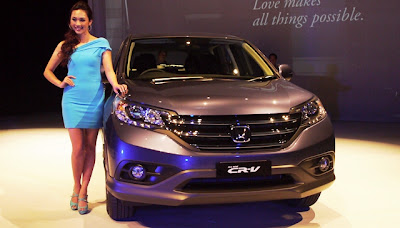Given that the 'old' CR-V won a 2010 comparison test against greater competitors like Subaru Forester and Hyundai Tucson, coupled with the fact that the 2012 model was ranked third among other crossovers by the Motor Trend magazine leads us to the thinking that this might just be the unspoken giant of the CUVs.
"Either the packaging is utterly brilliant, or Honda has sacrificed someplace. After seeing it next to other cars however, I am having a difficult time seeing any sacrifice, so maybe it is packaged that well." Mike Febbo, Motor Trend Associate editor said in his comments on its design. If he was either wrong or biased in his sentiments, then all Americans who bought it must have been wrong as well. This is because the CR-V was the best-selling CUV in all of 2012. It is however criticized to be particularly light and artificial, being confident at low speeds but grows wobbly as speed increases or if the road is twisty. This is because it delivers very low lateral grip due to very soft suspensions. The driver's seat is also impractically flat, perhaps for ease of entry rather than to keep the driver in place. But for those with heavy usage in mind that involves lots of luggage handling and thus the front seats less important than what is at the back, then the CR-V will be the car of choice.
On the other hand if you will not be hauling luggage but rather travelling long distances, the Honda CR-V is anything but lacklustre. It has an acceleration of 8.4 seconds from 0-60 mph that beats most CUVs and also its driving experience stands out from the crowd. Some people have compared it with Toyota Harrier, but I have an imputation to the contrary: if you should compare the two, the Harrier feels like it's coming from a forgotten era; their only resemblance might just be the gear lever position.


.jpg)
.jpg)
















